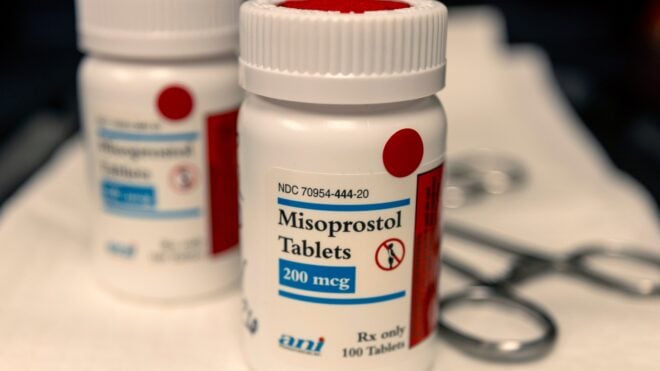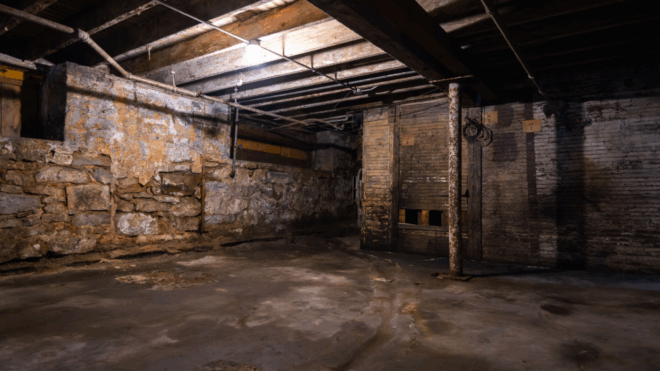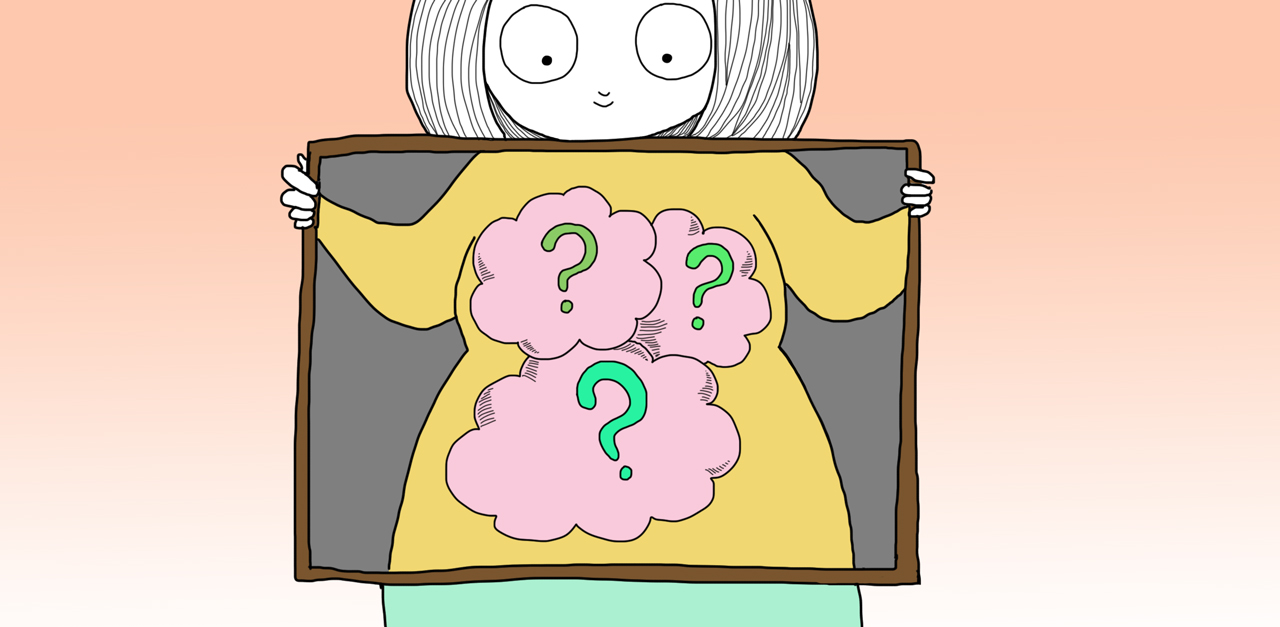
When it comes to comparing our bodies to those of our earliest ancestors, we’ve come a long way, baby! And most of the changes in our bodies are directly related to the vastly different lifestyles we lead now. After all, we no longer live in caves or wield clubs to kill our dinner.
Despite the fact that we’re no longer extra hairy and walk like primates, we still retain some vestigial traits, body parts and organs left over from that time, eons ago, that now serve no purpose. Over the next several million years, these parts may fade away—who knows? But for now, we’ve compiled a list of the most useless human body parts and why we have them. Because bodies are weird!
1. Tailbone
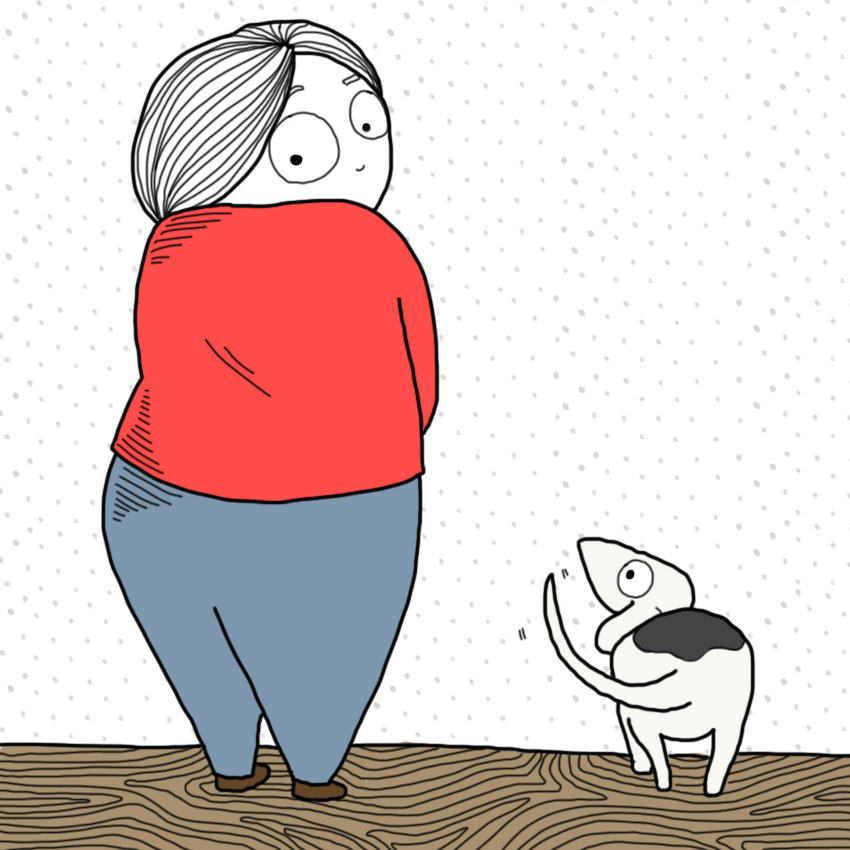
Most people don’t think of the tailbone as being useless, but for the most part, it is. Our tailbone, also known as a coccyx, is a series of small vertebrae at the bottom of the spinal column that are fused together and come to a point. It’s a remnant of our ancestors, who had long tails, like monkeys. Unfortunately, the tailbone is not only useless, it’s also quite prone to injury from things like falls and childbirth, which can cause lingering pain when you sit or stand for a long time. So basically, it’s not much more than a pain in the butt.
2. Appendix
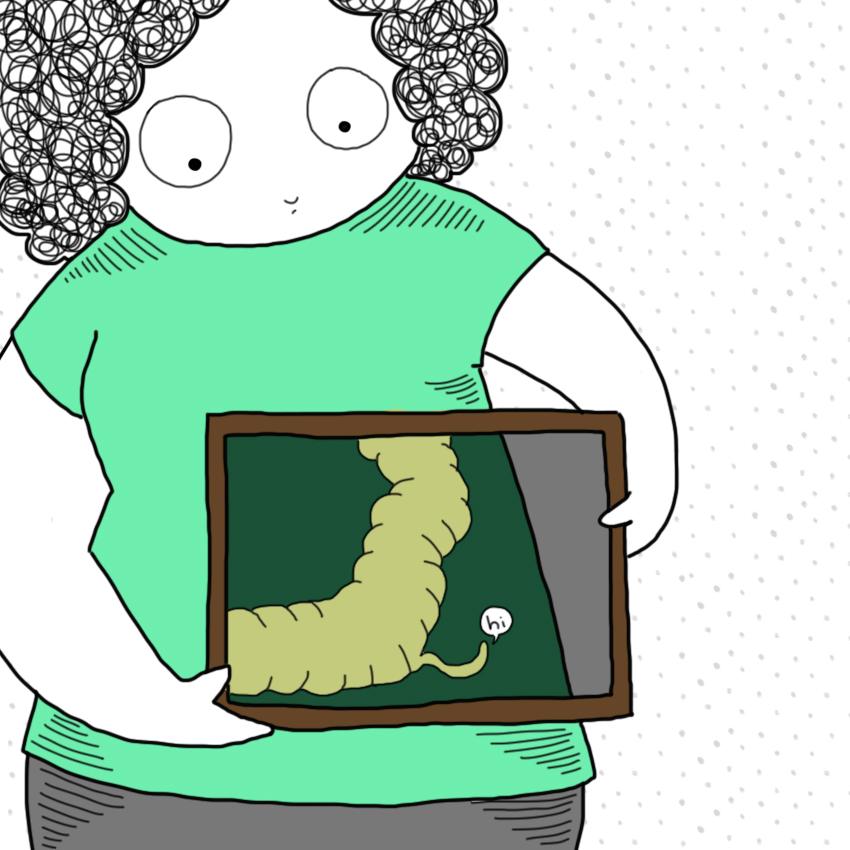
This tiny organ is a topic of hotly contested debate in the scientific community. For decades, the appendix was thought of as a completely vestigial organ, serving no purpose at all. But more recently, studies have shown that the body may use the appendix to recolonize good bacteria in the gut after a severe bout of diarrhea. So while you can certainly live without it just fine, it looks like the appendix may not be as useless as we once thought.
3. Male Nipples
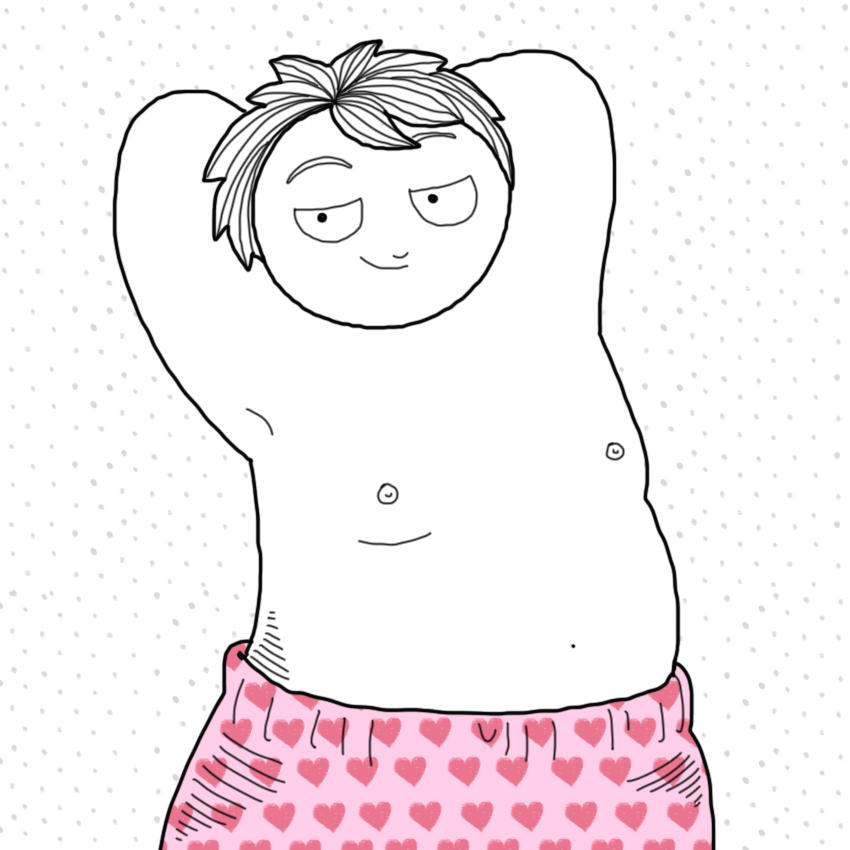
Ever wonder why men have nipples? It does seem strange when you consider it from an evolutionary standpoint, where nipples are used exclusively for breastfeeding. So although they’re totally an erogenous zone today, male nipples are, in fact, basically useless. So why do they exist? It’s because when an egg is fertilized and begins its journey to becoming a fetus, it’s essentially always female (thus, nipples). If baby’s destined to be a boy, increased testosterone levels will dictate his—ahem—manhood, but those nipples get to stay put.
4. Goosebumps
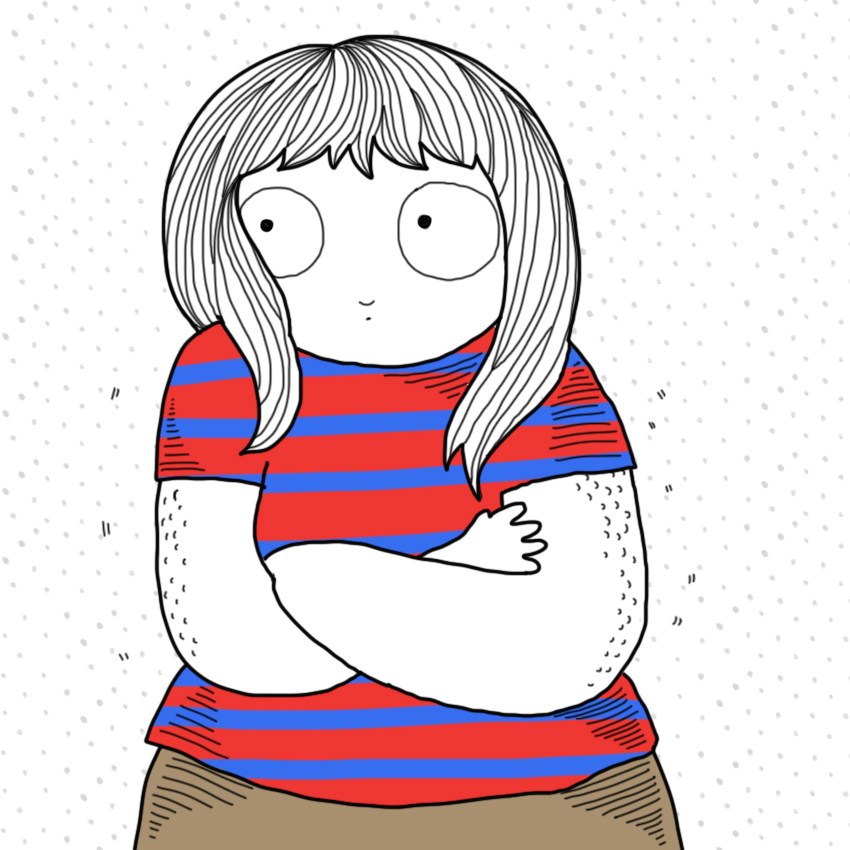
Goosebumps used to alert our ancestors to dangers like tigers or other life-threatening situations. Now, they show up when the office A/C needs to be turned down a notch. Other than giving a name to one of the greatest kid lit horror series of all time, they don’t have much of a place in modern society when our biggest threat is that guy in the other lane who’s texting while driving.
5. Third Eyelid
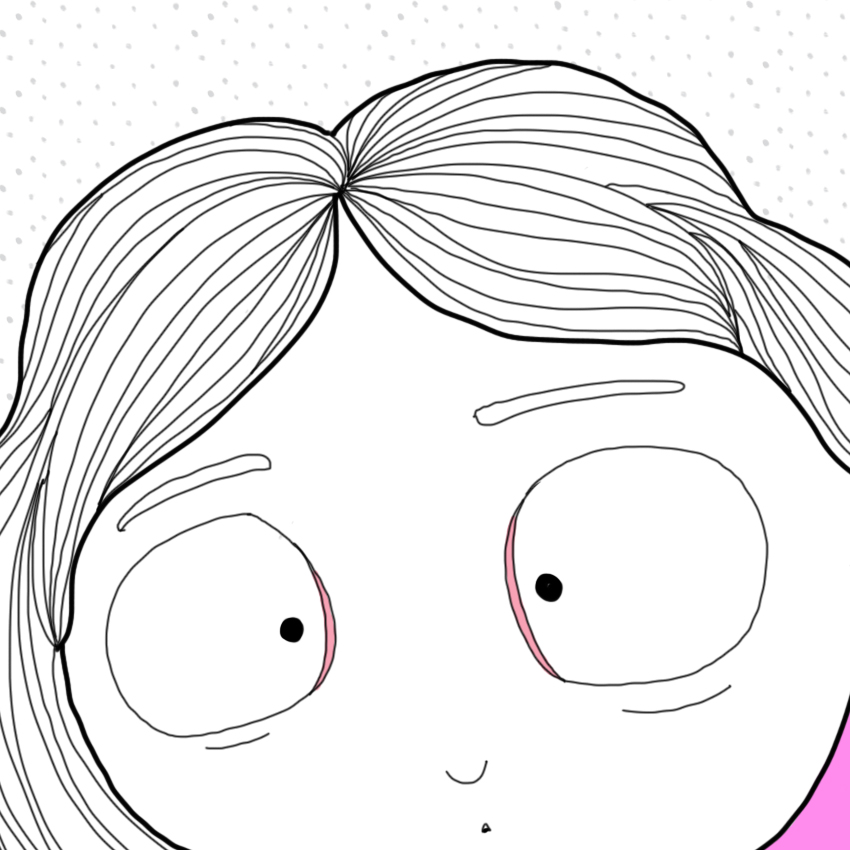
The plica semilunaris isn’t exactly a third eyelid per se; it’s actually a tiny pocket of tissue at the inner corner of your eye that’s a remnant of the nictitating membrane. It’s insignificant enough that you probably haven’t even noticed it, which is fine, since it’s a completely useless part of the human eye. In animals though, this membrane protects and lubricates the eyes, particularly in those that regularly travel between land and water.
6. External Ear Parts
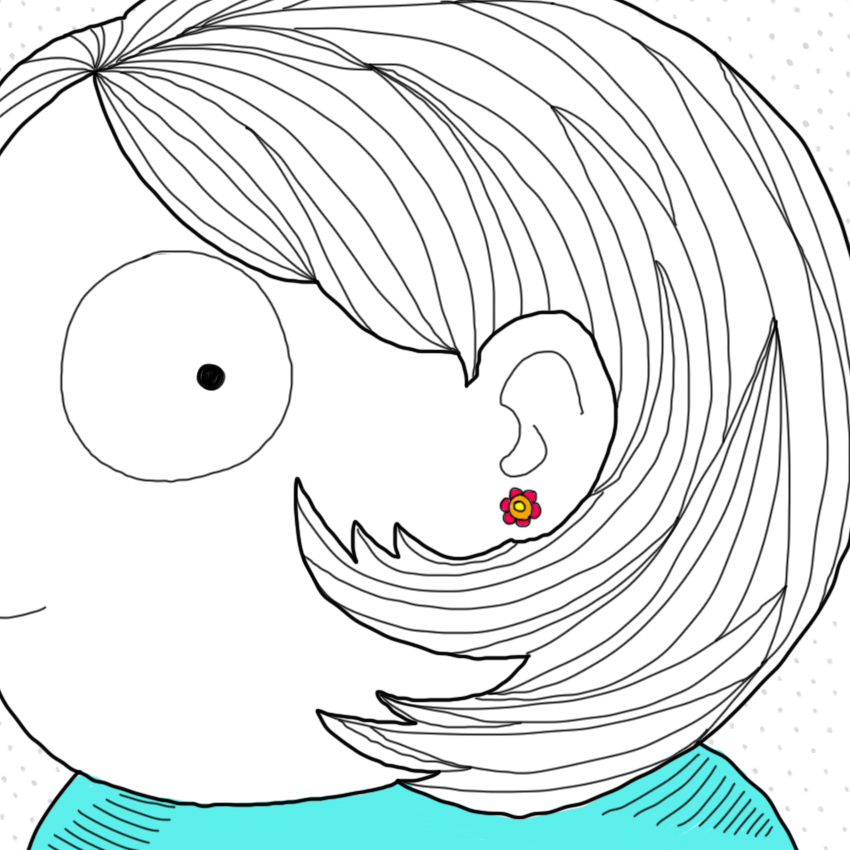
The outer structure of our ear includes three tiny, scientific-sounding parts called the anterior auricular muscle, the superior auricular muscle, and the posterior auricular muscle. In some animals, these parts work together to allow the outer ear to move around, which helps the animal detect sounds. While we humans might tilt our head toward something in order to be able to hear it better, we don’t rely on ear movements for enhanced hearing. That’s why these three little muscles are considered vestigial today.
7. Grasp Reflex
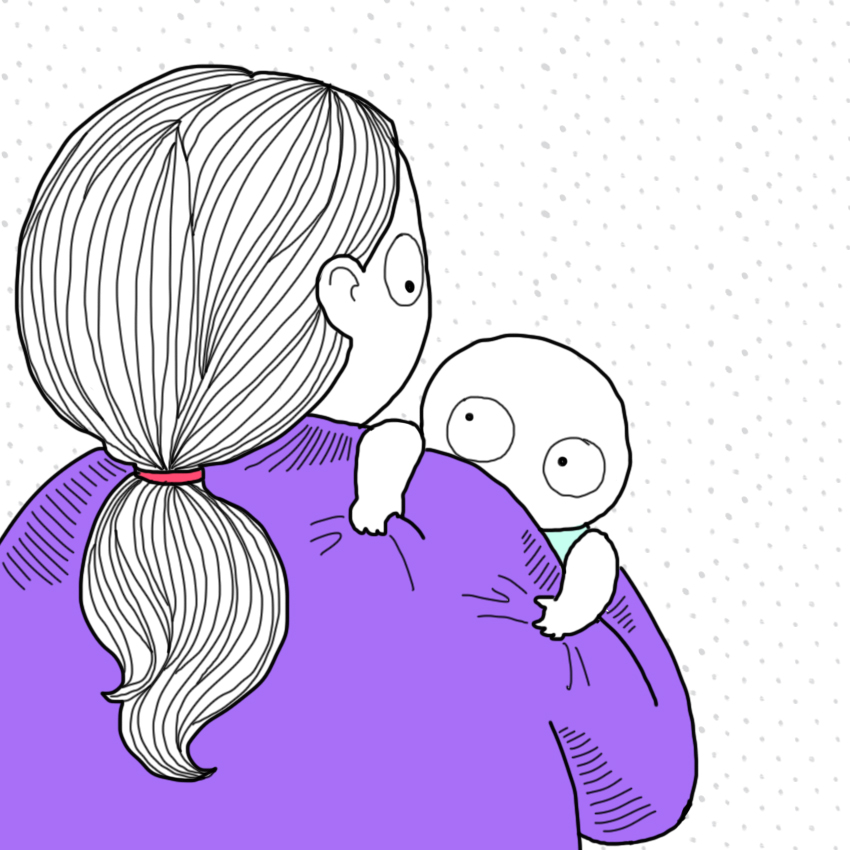
If you’ve ever held a baby, chances are you’ve experienced the Palmer grasp reflex without realizing it. Even , babies will reflexively grasp anything that’s placed in their palm. This reflex is thanks to our animal ancestors, who used it to hang onto their mother’s fur as they traveled through the forests. While the Palmer grasp reflex is clearly not necessary in the same way today, the lack of this reflex in a newborn can sometimes indicate the presence of a neurological disorder.
8. Wisdom Teeth

Perhaps the most dreaded of all vestigial parts are the wisdom teeth—the four unnecessary molars that often have to be painfully removed as we approach adulthood. Why do we have them? There are a few interesting theories. One is that our jaws have become much smaller over the centuries as our diets have changed drastically. Another, more interesting theory, is that before proper dental hygiene practices became a thing, primitive humans lost many teeth due to decay, and the wisdom teeth would have simply acted as a bonus set of molars.
9. Tonsils

Your tonsils mean well, they really do. They sit there on either side of the back of your throat, ready to catch potential infections and keep those nasties from entering your body. The thing is, most of the time it’s your tonsils themselves that end up infected, probably from doing their job so well. That’s why the tonsillectomy, or tonsil removal, has become one of the most common surgical procedures in the U.S. today.
10. Hymen
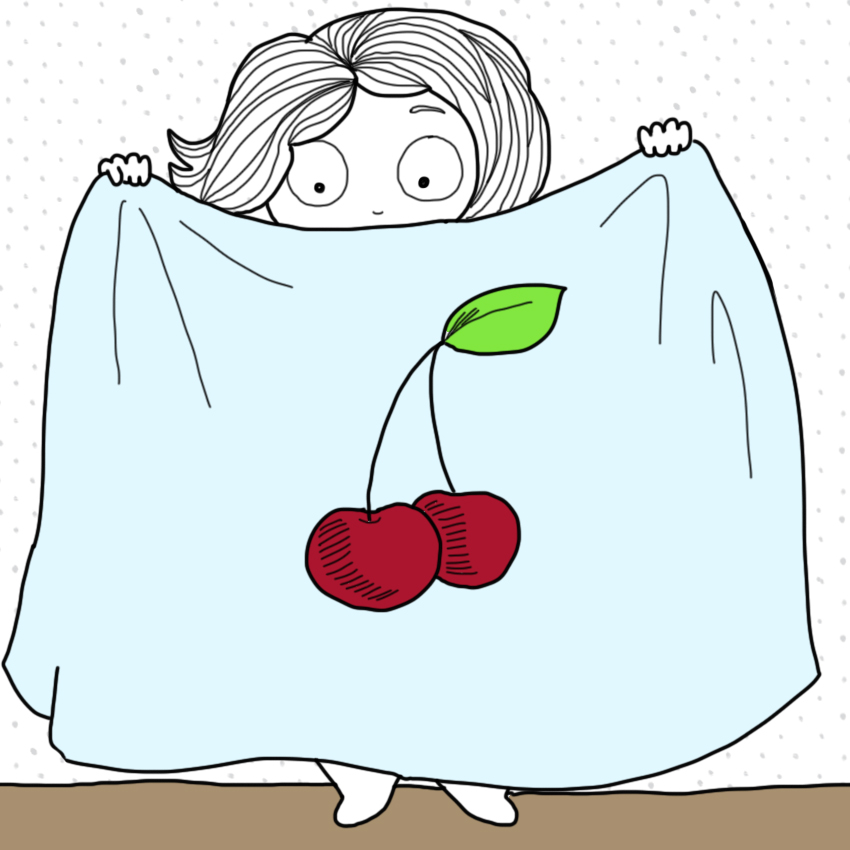
Many people subscribe to the belief that a woman’s hymen breaks during her first time having sex—you know, that whole “popped her cherry” thing? As it turns out, the hymen, a small and insignificant membrane that stretches across the top of the vagina, is another vestigial body part. It’s thought that the hymen originated to protect the vagina from bacteria, but as it stands today, it doesn’t have an exact physiological purpose. In fact, these days many females are born without a hymen.

